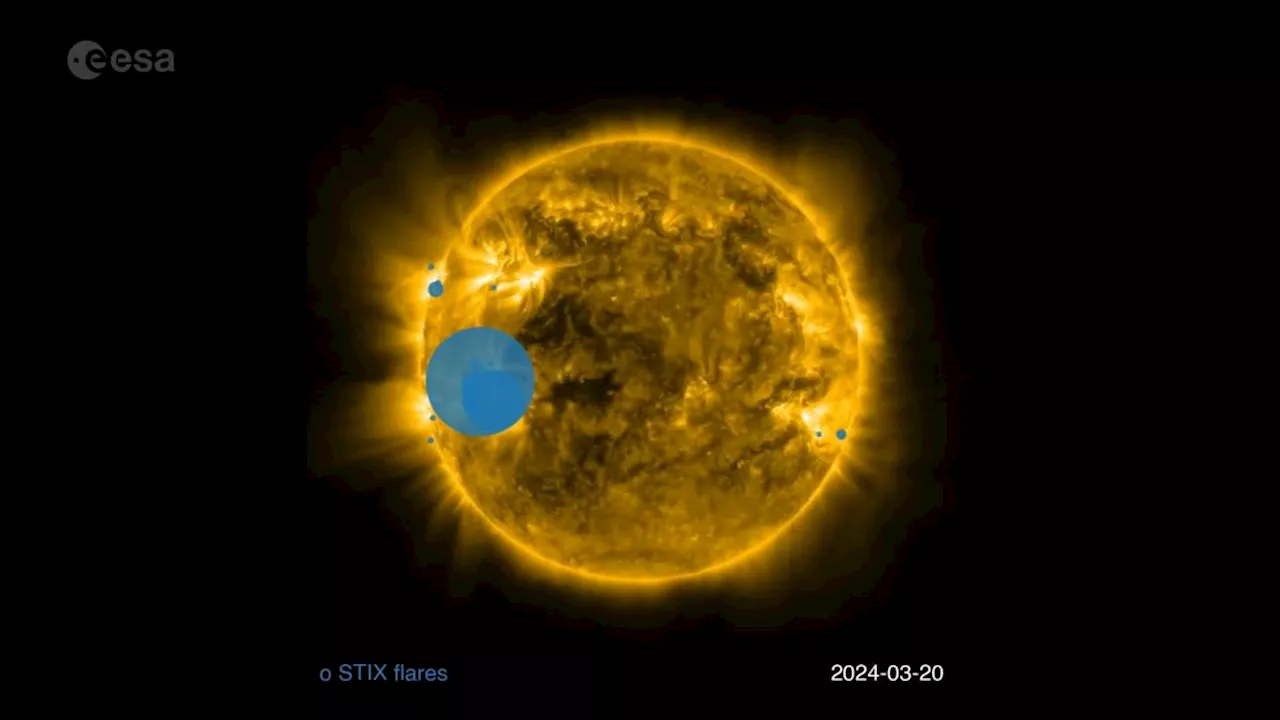ESA's new animation and sonification, based on data from the Solar Orbiter mission, vividly depict the Sun's dynamic activity. The animation features blue circles representing bursts of solar activity, whose frequency and intensity increase as time progresses. Accompanying sonification adds an auditory dimension, with audible tones mirroring the visual patterns. The background humming reflects the changing proximity of the Solar Orbiter to the Sun.
New animation and sonification from the European Space Agency ( ESA ) showcases the Sun 's dynamic activity based on data from the Solar Orbiter mission. The video combines images from two Solar Orbiter instruments: the Spectrometer/Telescope for Imaging X-rays (STIX) and the Extreme Ultraviolet Imager (EUI). STIX captures the location and size of X-rays emitted by the Sun , while EUI provides high-resolution images of the Sun 's atmosphere.
\The animation features a mesmerizing display of blue circles representing bursts of solar activity, whose frequency and intensity increase as time progresses towards the present day. This visual representation coincides with an accompanying sonification, where audible tones are paired with each circle, creating a unique auditory experience that mirrors the visual patterns. The background humming also reflects the changing proximity of the Solar Orbiter to the Sun, getting louder during close approaches and quieter as the spacecraft moves further away. \This captivating combination of visuals and sounds allows viewers to experience the Sun's constant activity in an engaging and informative way. The animation highlights the current solar maximum, a period of heightened solar activity that is expected to last for several years. During this time, we can anticipate more frequent and intense solar flares, coronal mass ejections, and other spectacular phenomena. This ESA creation offers a glimpse into the Sun's dynamic nature and its influence on our solar system
SOLAR ORBITER ESA SUN SOLAR ACTIVITY SONIFICATION ANIMATION SOLAR MAXIMUM
United States Latest News, United States Headlines
Similar News:You can also read news stories similar to this one that we have collected from other news sources.
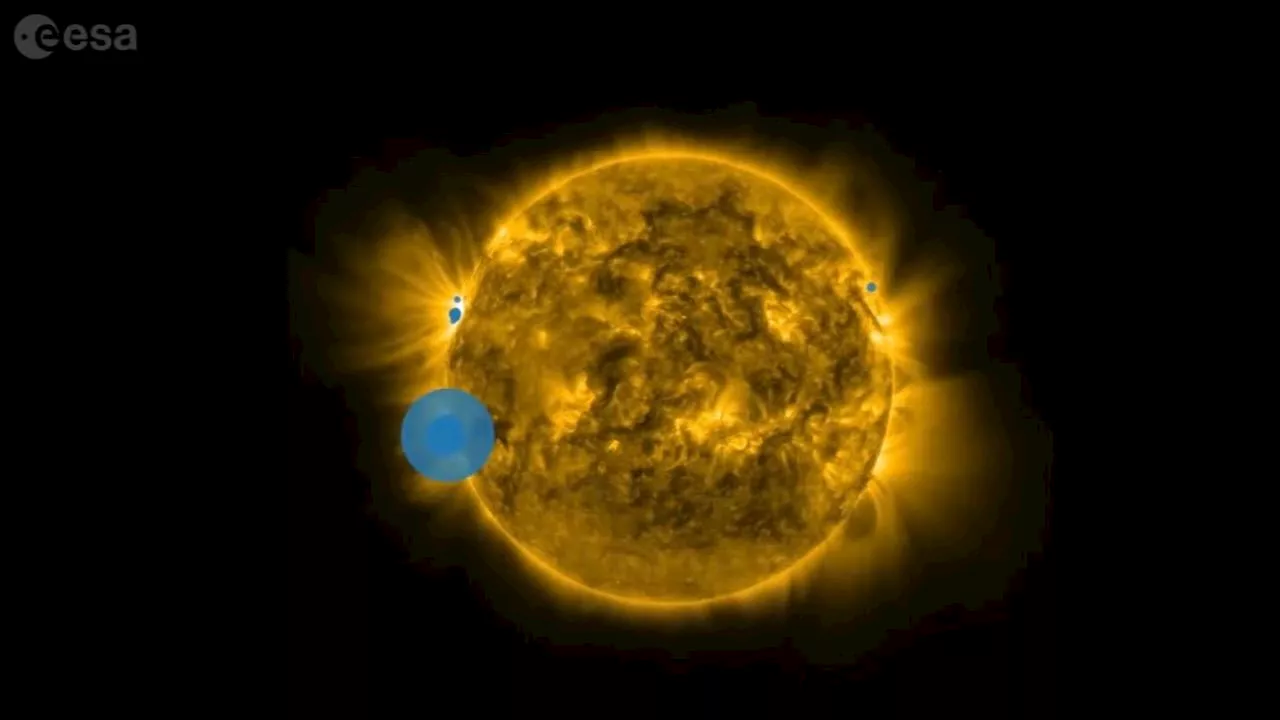 Solar Orbiter Captures Sun's Spectacular Flare ActivityThe European Space Agency released a stunning video showcasing the sun's intense activity captured by the Solar Orbiter spacecraft. The video highlights the sun's increased solar flares, their evolution, and the changing distance of the spacecraft from the sun.
Solar Orbiter Captures Sun's Spectacular Flare ActivityThe European Space Agency released a stunning video showcasing the sun's intense activity captured by the Solar Orbiter spacecraft. The video highlights the sun's increased solar flares, their evolution, and the changing distance of the spacecraft from the sun.
Read more »
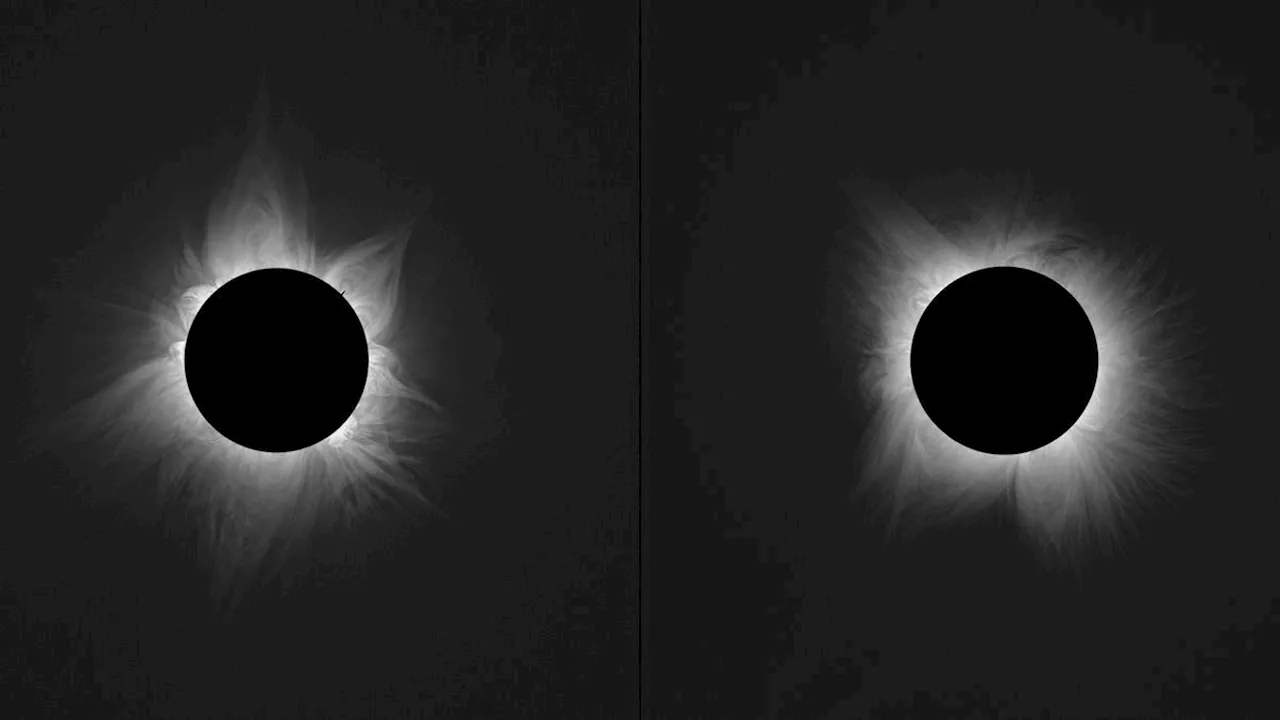 Space photo of the week: The sun's corona blooms during back-to-back solar eclipsesJamie Carter is a freelance journalist and regular Live Science contributor based in Cardiff, U.K. He is the author of A Stargazing Program For Beginners and lectures on astronomy and the natural world. Jamie regularly writes for Space.com, TechRadar.com, Forbes Science, BBC Wildlife magazine and Scientific American, and many others.
Space photo of the week: The sun's corona blooms during back-to-back solar eclipsesJamie Carter is a freelance journalist and regular Live Science contributor based in Cardiff, U.K. He is the author of A Stargazing Program For Beginners and lectures on astronomy and the natural world. Jamie regularly writes for Space.com, TechRadar.com, Forbes Science, BBC Wildlife magazine and Scientific American, and many others.
Read more »
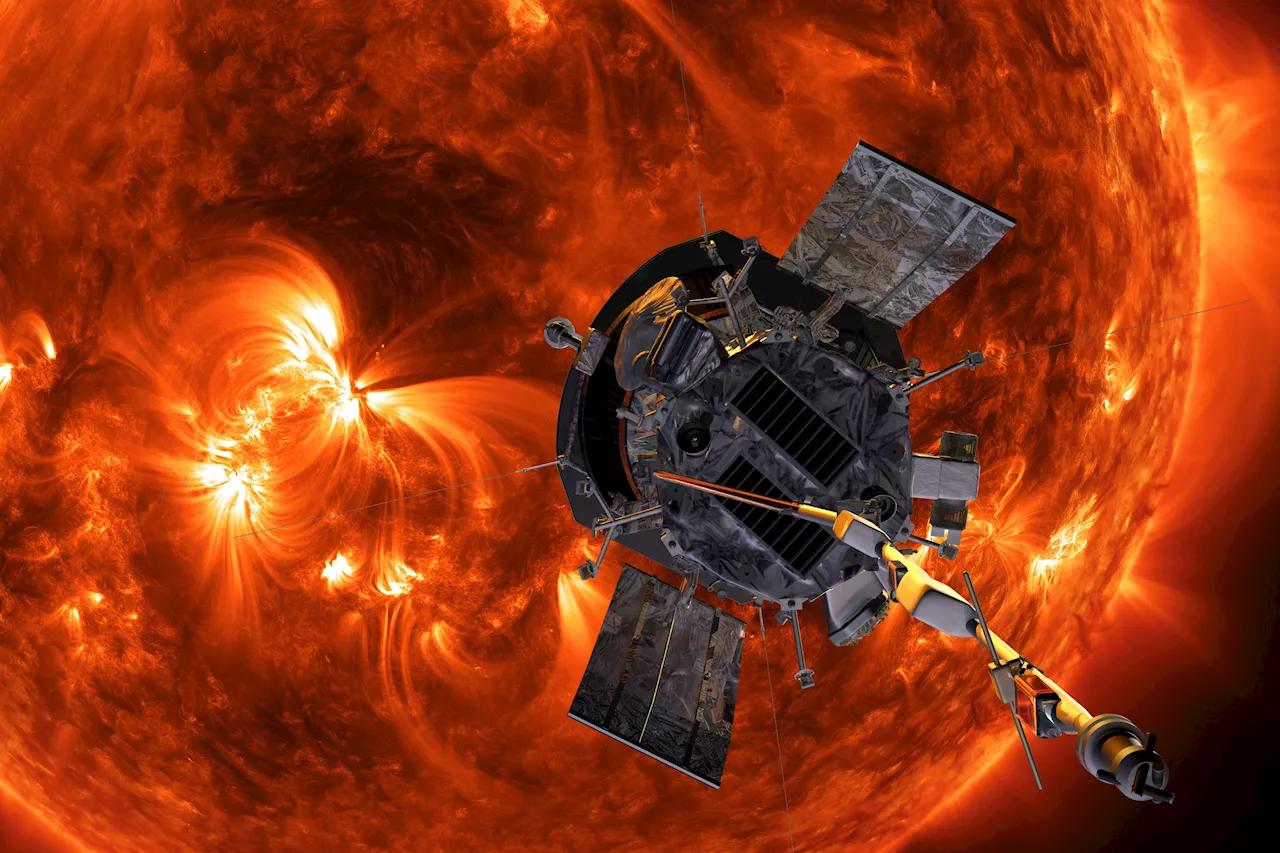 Parker Solar Probe to Break Record with Close Fly-by of SunNASA's Parker Solar Probe is set to make history by coming closer to the sun than any other human-made object, reaching just 3.86 million miles from the star on December 24. Scientists involved in the mission are eager to unlock the sun's secrets, with each observation potentially leading to groundbreaking discoveries.
Parker Solar Probe to Break Record with Close Fly-by of SunNASA's Parker Solar Probe is set to make history by coming closer to the sun than any other human-made object, reaching just 3.86 million miles from the star on December 24. Scientists involved in the mission are eager to unlock the sun's secrets, with each observation potentially leading to groundbreaking discoveries.
Read more »
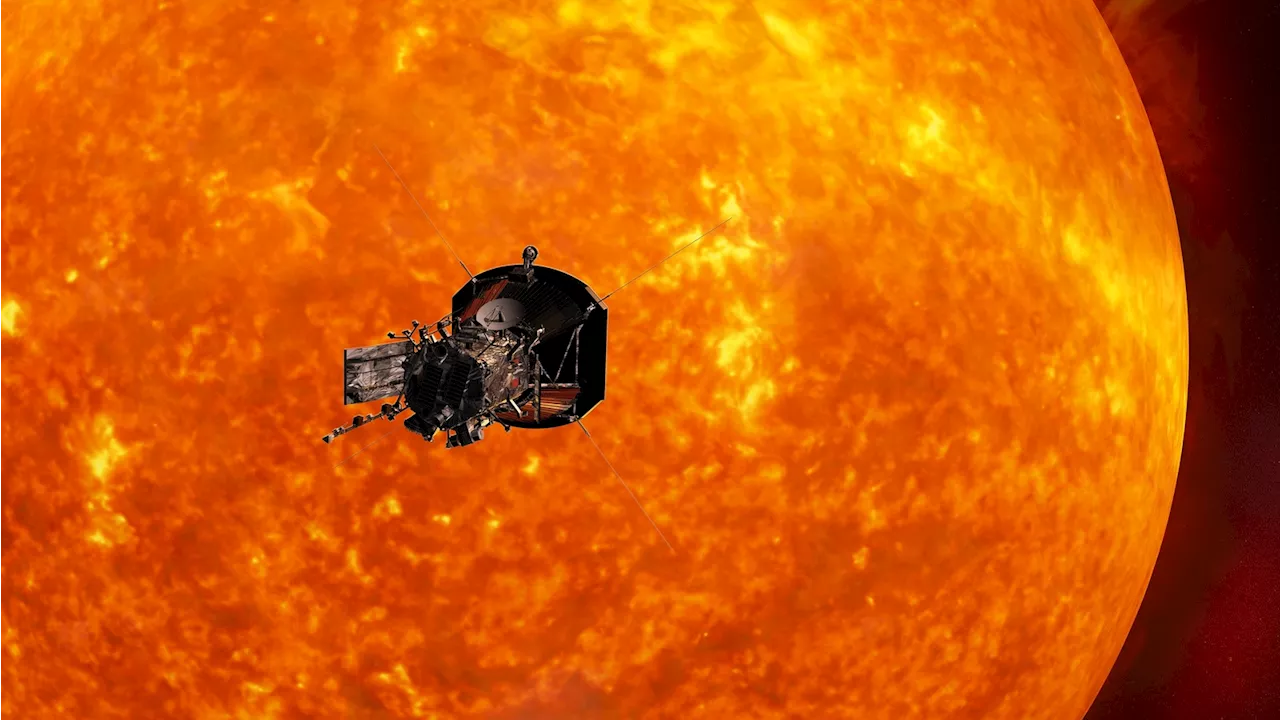 NASA's Parker Solar Probe to Make Historic Flyby of the SunNASA's Parker Solar Probe is set to make history next week by flying closer to the sun than any spacecraft before. The probe will use gravity assists to change its trajectory and ultimately orbit the sun, collecting crucial data about the sun's corona and solar wind.
NASA's Parker Solar Probe to Make Historic Flyby of the SunNASA's Parker Solar Probe is set to make history next week by flying closer to the sun than any spacecraft before. The probe will use gravity assists to change its trajectory and ultimately orbit the sun, collecting crucial data about the sun's corona and solar wind.
Read more »
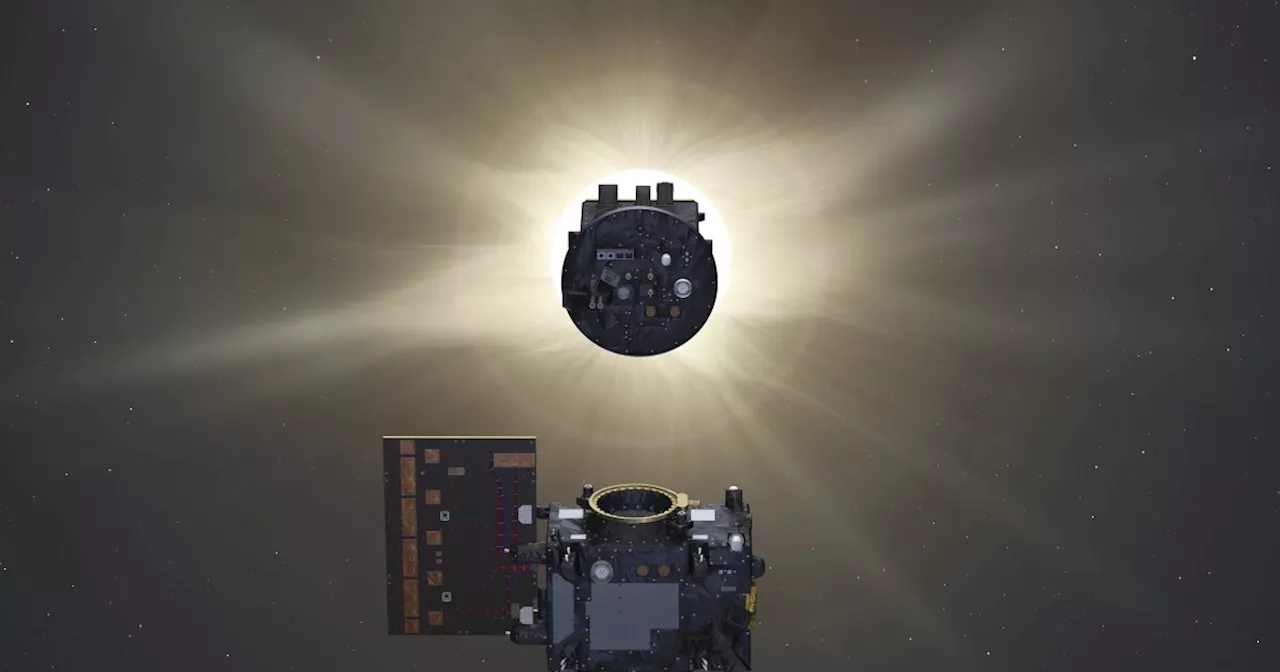 A pair of satellites will create artificial solar eclipses to study the sunAstronomers hope the Proba-3 mission will help them get a better view of the corona, the sun's outer atmosphere, which is even hotter than the sun's surface.
A pair of satellites will create artificial solar eclipses to study the sunAstronomers hope the Proba-3 mission will help them get a better view of the corona, the sun's outer atmosphere, which is even hotter than the sun's surface.
Read more »
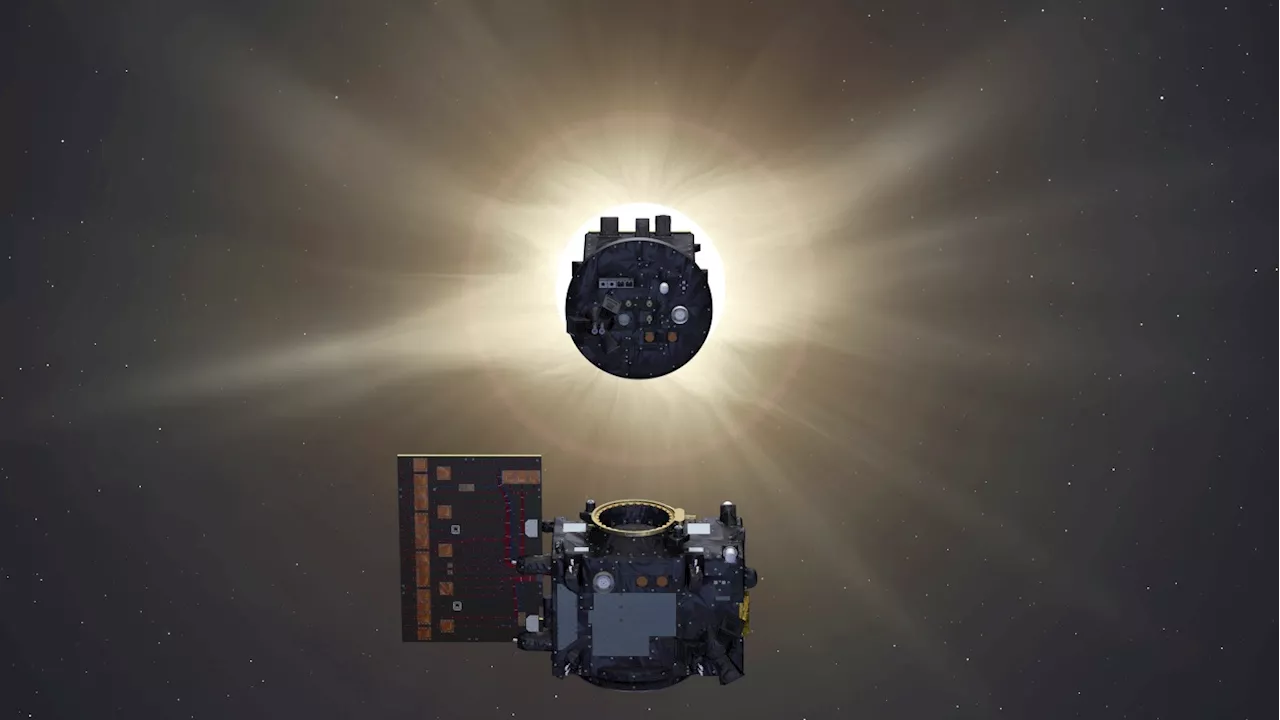 A pair of satellites will create artificial solar eclipses to study the sunAstronomers hope the Proba-3 mission will help them get a better view of the corona, the sun's outer atmosphere, which is even hotter than the sun's surface.
A pair of satellites will create artificial solar eclipses to study the sunAstronomers hope the Proba-3 mission will help them get a better view of the corona, the sun's outer atmosphere, which is even hotter than the sun's surface.
Read more »
